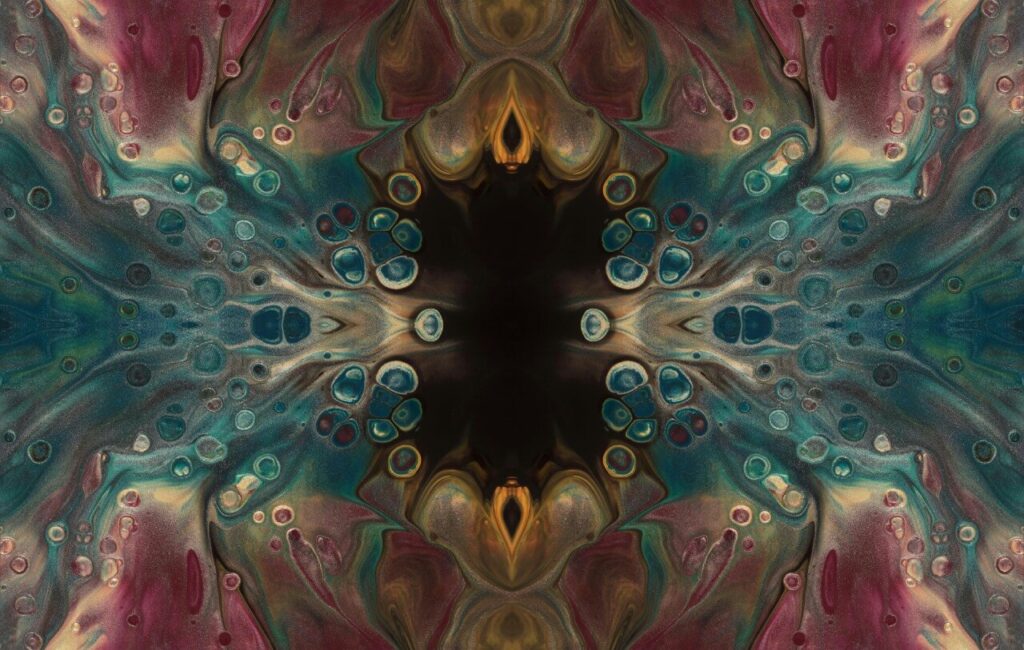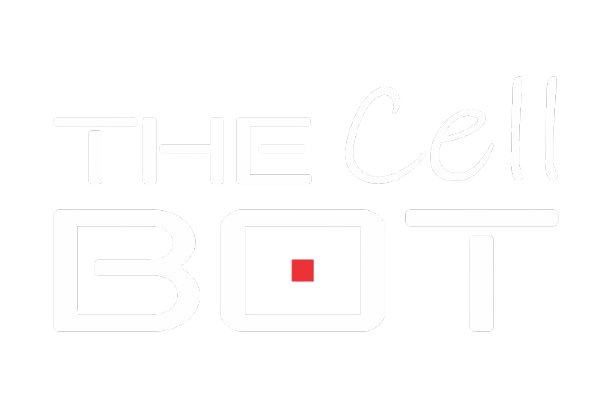In a 2024 commentary published in Science, Dr. Katarzyna P. Admala, a synthetic biologist and founder of Build-a-Cell initiative, raised a striking concern: should we go ahead and build mirror life? She was joined by a group of 37 eminent scientists including Nobel Laureate Sir Gregory Winter, a molecular biologist, and Dr. Craig Venter who is well known for his work on the Human Genome Project. Their call was not to create panic, but to prompt a fair dialogue among scientists, policymakers, and the public, before the technology advanced to produce future threats. They brought focus to a bold area of synthetic biology aiming to create mirror bacteria from molecules that are mirror images of those that currently make up life forms on Earth.
The debate highlights the consequences if the molecules that sustain life could be flipped atom by atom. It centres around the importance of chirality in molecules. Many biological molecules exist in two mirror-image forms called enantiomers. For the longest time we have known and believed that life forms are homochiral, that is, DNA and RNA are made of right-handed nucleotides (D-forms), and proteins are built from left-handed amino acids (L-forms). This is the way nature selected them and this orientation is vital. Enzymes, cell receptors, and biological interactions all depend on matching chirality that determines molecular interactions.
The idea of building mirror life involves using left-handed nucleotides and right-handed amino acids, a reverse chirality, to construct organisms that may operate in reverse. These mirror organisms would be resistant to natural enzymes and become undetectable by our current immune systems. This is an exciting idea, but also deeply unsettling.
Let us look at both sides of the mirror. Scientists have now synthesized mirror-image biomolecules, such as nucleic acids and proteins. These components, such as D-peptides/ D-proteins, resist break-down, making them important for research on novel, long-lasting, non-immunogenic drugs.
Research then shifted direction to assembling synthetic cells using natural chirality, with the hope that one day a full mirror bacterium with reverse chirality could be built from scratch. Though this expands scientific possibilities, it poses major risks.
The major concern is that in nature, all life forms, their life processes and their immune system recognizes only normal chirality. Mirror organisms could move through our systems as invisible replicas, unrecognised and evading a normal immune response.
Indian evolutionary biologist Dr. Deepa Agashe warns that mirror bacteria, even if weak competitors, could cause death. Their ability to survive outside the lab could resemble the impact of invasive species like the Bd fungus that caused Chytridiomycosis and resulted in the extinction of over 90 amphibian species worldwide.
Moreover, most antibiotics are chiral and may not affect mirror organisms at all. This raises a critical question that if an outbreak happens, how will we treat it? Above all, is it worth it?
BotThoughts
Chirality reminds me that though flipping can look like a small change, after all enantiomers do exist in nature, yet it can change everything. It raises the ethical dilemma that just because we have the technology to build mirror organisms, should we? The hidden danger when we ignore these debates becomes too big.
I have voiced elsewhere in BotThoughts a belief that “In science, nothing really ends. It just recycles.” With mirror life, we are not recycling. We are writing a parallel script. Here, boldly expressing our doubts and urging scientists to take a pause to discuss policies, boundaries and consequences—seems the best move at the moment.
Reference
Adamala, Katarzyna P., et al. “Confronting Risks of Mirror Life.” Science, Dec. 2024, https://doi.org/10.1126/science.ads9158.
Smirnova, Olga. “A New Age of Molecular Chirality.” PubMed, vol. 389, no. 6757, July 2025, pp. 232–33. https://doi.org/10.1126/science.adn0905.
Zhao, Le, and Wuyuan Lu. “Mirror Image Proteins.” Current Opinion in Chemical Biology, vol. 22, Oct. 2014, pp. 56–61. https://doi.org/10.1016/j.cbpa.2014.09.019.




